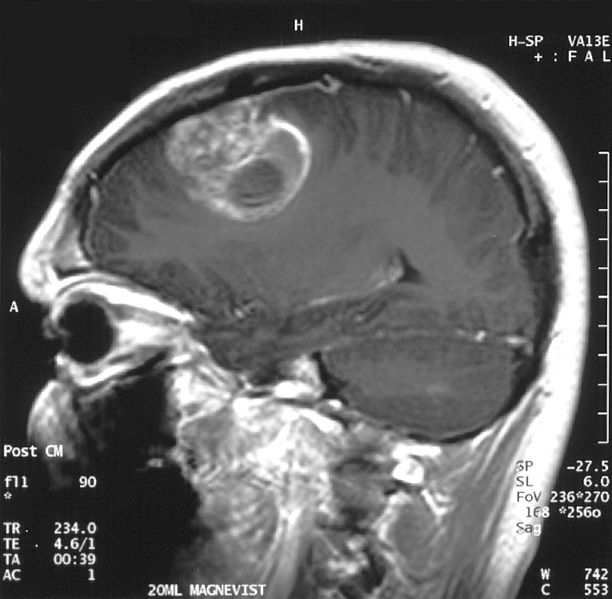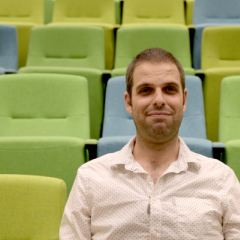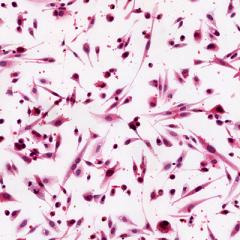Diagnosing and treating brain cancer
Diagnosing brain cancer
The first step in diagnosis is to check a patient’s behaviour and sensation for anything unusual – testing for clumsiness, problems walking, headaches, abnormal vision, and so on. If something seems awry, an MRI scan is the most common next step; PET-CT scans are also sometimes used.

Brain cancer treatment
The choice of treatment is based on the type of tumour, its location, its staging, and the overall health of the patient. Typically, surgery is the first choice treatment, aimed at extracting as much of the tumour as possible while minimising the loss of healthy tissue.
After surgery, radiotherapy is often used in nearby regions in an attempt to kill any remaining bits of the tumour not excised by the surgeon. Radiotherapy is used as a first-line option if surgery is deemed too risky because of the tumour’s location.
Chemotherapy drugs, which stop the ability of tumour cells to grow and divide, may be given alone or alongside radiotherapy, typically after surgery.
More recently, attention has turned to immunotherapy treatments. These are experimental and come in two guises: drugs that try to re-instate the immune system to attack cancer cells, and genetically engineered T-cells (a type of immune system cell) that are targeted against cancer cells.
Challenges to treating brain cancer
There are a number of challenges in treating brain cancer:
- The protective blood–brain barrier blocks therapeutic drugs from entering the brain
- Tumours are hard to remove, as damage to the surrounding brain tissue can cause severe problems
- Brain cancers are diverse and complex; there is no one-size-fits-all treatment
Signs and symptoms of brain cancer


